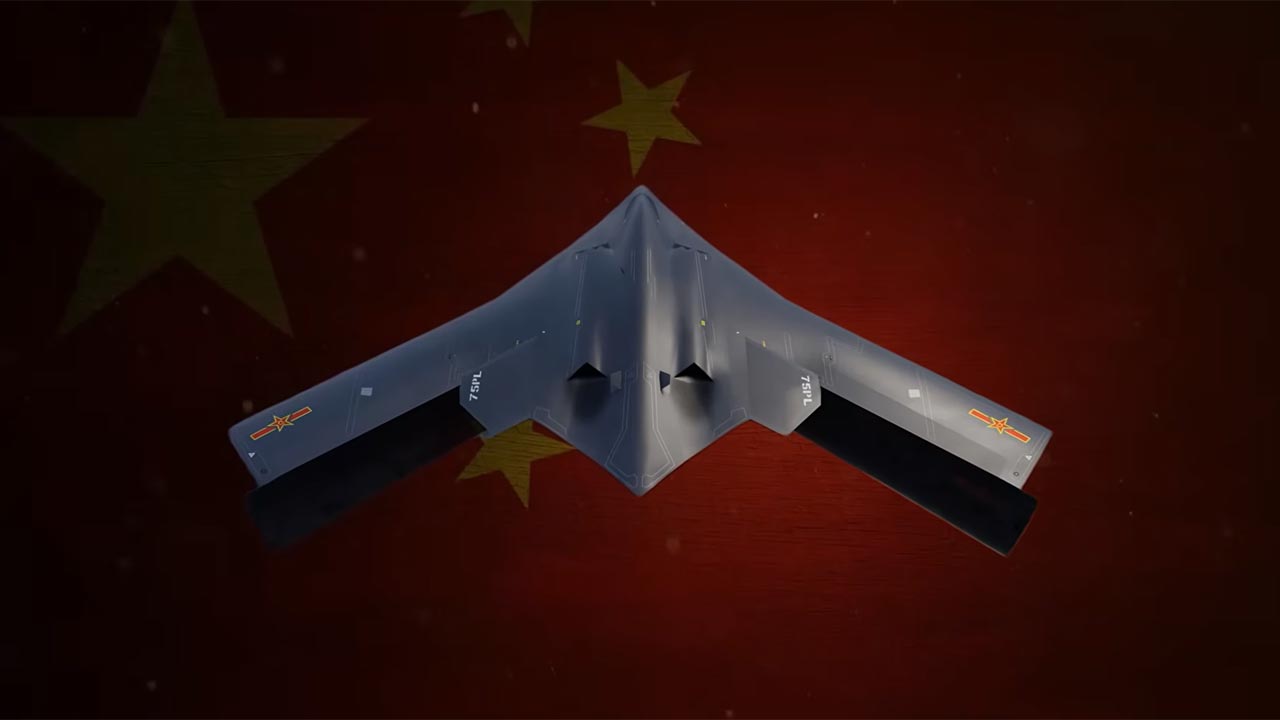
The emergence of China’s H-20 stealth bomber has become a significant concern for U.S. Air Force generals, who perceive it as a transformative weapon in Beijing’s military modernization efforts. Despite ongoing development by the People’s Liberation Army Air Force, U.S. intelligence assessments suggest that the H-20 is not expected to be operational until the 2030s. This timeline underscores China’s strategic patience in its bid to challenge U.S. air supremacy in the Indo-Pacific.
The H-20’s Design and Capabilities
The H-20 is projected to be a long-range, subsonic stealth bomber designed for penetrating defended airspace. Its design reportedly features a flying-wing configuration similar to the U.S. B-2 Spirit, demonstrating China’s commitment to advanced stealth technology. The bomber’s estimated payload capacity and range are also impressive, with intelligence estimates suggesting it could travel over 8,000 miles unrefueled.
Furthermore, the H-20 is expected to carry both nuclear and conventional munitions, enhancing China’s strategic capabilities. The incorporation of stealth technologies, such as radar-absorbent materials and low-observable shaping, is intended to evade detection by advanced air defense systems. This level of sophistication is a clear indication of China’s ambition to challenge U.S. air dominance.[source]
Development Timeline and Milestones
The H-20 program originated in the early 2000s under the Xi’an Aircraft Industrial Corporation. By 2016, mockups and subscale models were being tested, indicating steady progress in the program. However, technical challenges in stealth engineering and engine development have caused delays, pushing back initial flight tests from earlier projections.
According to U.S. intelligence, the H-20 is unlikely to make its operational debut until the 2030s. This suggests that achieving full operational capability may extend into the mid-2030s or later, reflecting the complexity of developing such advanced military technology.[source]
U.S. Air Force Concerns
The H-20 poses a significant threat to U.S. forward bases in the Pacific, including Guam and Okinawa. Its long-range capabilities would enable strikes from mainland China without the need for refueling, a prospect that has U.S. Air Force leaders on high alert. The bomber’s potential to shift the balance of power in the region underscores the need for robust deterrence strategies.[source]
In response to the maturation of the H-20, the U.S. will need to enhance its surveillance and counter-stealth technologies. This will be crucial in maintaining a competitive edge and ensuring the security of U.S. interests in the Pacific.
China’s Broader Air Force Modernization
The development of the H-20 is part of a broader expansion of the People’s Liberation Army Air Force, which now boasts over 3,000 combat aircraft. There has been a notable shift toward fifth-generation fighters like the J-20, reflecting China’s commitment to modernizing its air force.[source]
China has also invested in upgrading its existing bombers, such as the H-6K, which serves as a bridge to the H-20. These bombers have been equipped with advanced cruise missile capabilities, further enhancing China’s military prowess. The integration of drone swarms and electronic warfare assets into air operations amplifies the strategic role of the H-20.
Strategic Implications for the Indo-Pacific
The H-20 could play a crucial role in supporting China’s anti-access/area-denial strategies, particularly in potential Taiwan contingencies. The bomber’s capabilities would enable China to target U.S. carrier strike groups, posing a significant challenge to U.S. military operations in the region.
In response, the U.S. has been bolstering its partners, such as Japan and Australia, with advanced radar networks. Economic and technological factors, including domestic supply chains for composites and avionics, are driving the H-20 program.[source]
Comparisons to U.S. Stealth Bombers
When compared to the U.S. B-21 Raider, the H-20’s projected performance shows similarities in stealth and range. However, there are differences in production scale, with the U.S. maintaining an advantage in experience and global basing. In contrast, China’s focus is on regional projection, reflecting its strategic priorities.[source]
The development of the H-20 could potentially trigger an arms race, with the U.S. accelerating its bomber procurement to maintain a qualitative edge. This dynamic underscores the strategic importance of the H-20 and its potential impact on regional security.[source]
More from MorningOverview